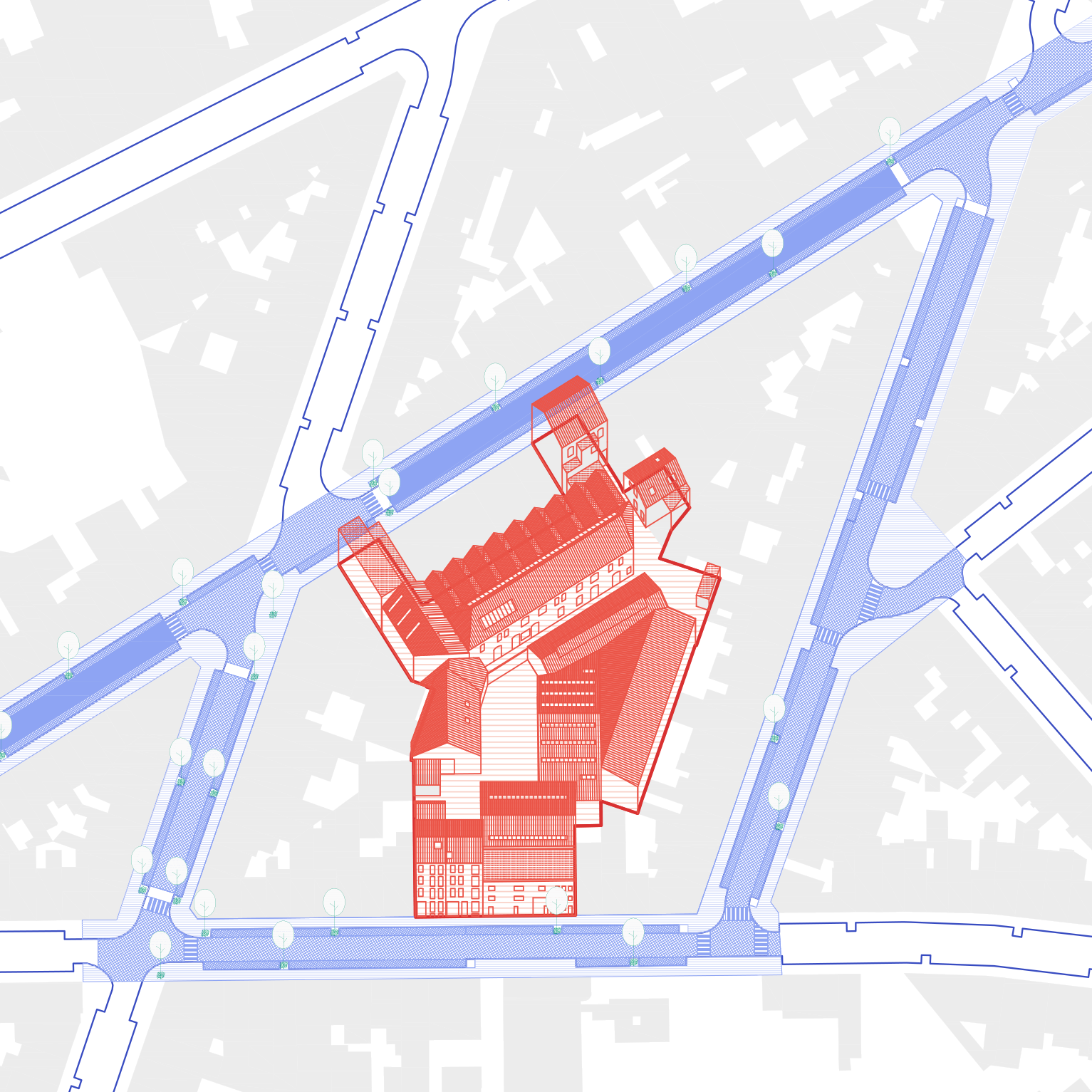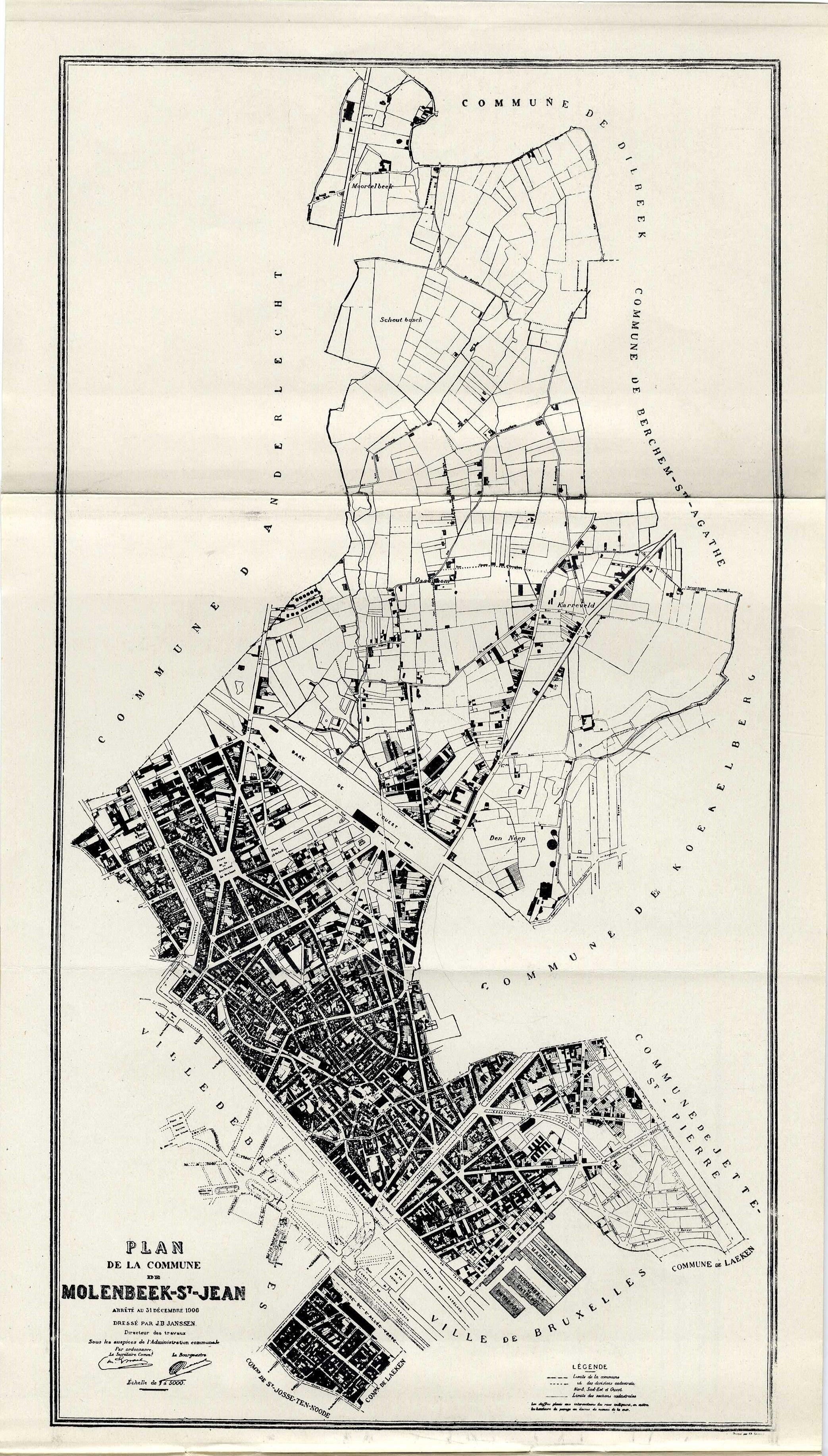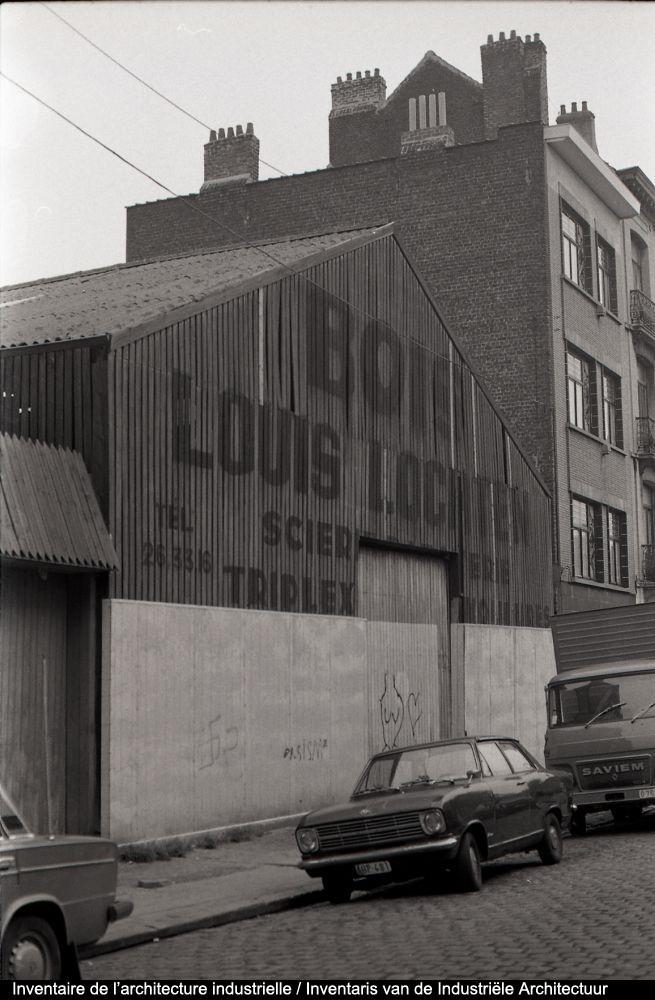397COC
Program
Urban study
Location
Molenbeek
Date
2023 - 2024
Themes
Urban, Renovation, Public
Phase
Completed
Surfaces
Team
Responsible Young Architects (RYA), Cosmopolis - Centre for Urban Research (VUB), Speculoos, Oteas
Client
Commune de Molenbeek et la Région bruxelloise
Budget
ABC - The Axis Contract and the Block Contract
The ABC is the latest instrument for urban renovation in the Brussels Region. It complements the other ‘Contracts’ (Neighbourhood, Renovation, School) already in place in the Municipality of Molenbeek-Saint-Jean. This new instrument aims to intervene on a hyper-local scale, within a very restricted perimeter. In Molenbeek-Saint-Jean, it concerns the block within the limits of the Rue de Courtrai, Rue de la Carpe, Rue d'Ostende, Rue Vanderdussen and the Ostende axis. This block and axis have been chosen for projects involving de-densification, de-sealing, building redevelopment and intensification of uses.
The ABC has a budget of around 5 million euros, to be invested from 2024 to 2028, intended to improve the quality of life of the inhabitants of the axis, the block and the neighbouring areas. The programme will enable projects such as the creation of a new green space within the block, facilities open to the public, the redevelopment of some of the streets, as well as so-called ‘socio-economic’ actions aimed at supporting residents in social cohesion projects and initiatives related to well-being, culture and sustainability. The programme also foresees a ‘participatory budget’ for the realisation of projects led directly by the inhabitants of the area.
The legal framework is that of Sustainable Neighbourhood Contracts, but this ‘pilot’ generation allows for reflection on the development of specific regulations for the ‘ABC’. The priority of this first generation of ABCs is therefore to understand and work with the specific characteristics of these tighter perimeters. It is essential to succeed in initiating a new dynamic of ‘local participation’, hence the importance of establishing contact with the residents and users of the neighbourhood, the axis and the block.

A dense and industrial block
An analysis of the 1906 Molenbeek street plan, kept at the municipal museum, reveals the historical importance of industrial activity in the block between the Rue d'Ostende, Rue de la Carpe, Rue de Courtrai and Rue Vanderdussen. Two major elements stand out: the influence of the old road extending the Rue des Osiers and the significant presence of H. Rigaux's warehouses, illustrating the economic predominance over housing in this area. The establishment of the Lochten companies, facilitated by the proximity of the Gare de l'Ouest, left a lasting mark on the urban fabric. The company gradually occupied the centre of the block and several strategic plots, with buildings being constructed over time, particularly on the Rue d'Ostende and Rue de Courtrai. A high density of craft and industrial activities was established all around: sawmills, woodworks, glazing industry, furniture factories, varnish factories and chemical product factories. The engineer Rigaux, another central player, distinguished himself as a founder, builder of copper machines, and then manufacturer of gas meters. His building now serves as the main access to the block from the Rue d'Ostende. We were able to trace these developments thanks to the Almanachs du commerce et de l'industrie, which are rich in data on the inhabitants, their professions and the evolution of urban uses.
The study of the ABC block highlights the historical interweaving of housing and economic activities in old Molenbeek. This hybrid context, characterised by the close proximity of private housing and industrial buildings, raises crucial issues for future redevelopment. The progressive deindustrialisation of Brussels has led to the conversion of large plots of land into housing or public facilities, but the municipality still has a need for workshops and logistics spaces. The desire to develop circular economies also accentuates the need for local processing and storage areas.




The ‘Jardin Vivant’
The ‘Jardin Vivant’ is a neighbourhood garden project aimed at maximising vegetation, while creating facilities compatible with its position within the block and taking into account soil pollution. In the face of climate change and the biodiversity crisis, this garden should improve the living environment and promote adaptation to extreme conditions. The evolutionary and participatory process of the project will allow different people to express themselves and gradually take ownership of the project. The management of water cycles and the greening of facades are also key issues. The project is evolutionary, involving residents during all phases of the project: the temporary occupation, the outline of the project and its progressive implementation.
A multidisciplinary team
This project, developed with a multidisciplinary team composed of Cosmopolis, Speculoos, RYA and OTEAS, promotes long-term citizen participation. This takes the form of group activities and individual door-to-door meetings, using the deep canvassing method. The whole approach is based on a concrete desire to address the major environmental and social issues that will shape the city of tomorrow. Thanks to the team's almost permanent presence in the field, going door-to-door and engaging in continuous dialogue, citizen involvement is strengthened over time, combining individual exchanges and collective moments.
A specific budget is also dedicated to participatory support, in order to support and co-construct the project throughout its implementation. The garden that will be created as part of this project will be designed in an evolutionary way, thanks to a participatory budget allowing for the development of both the garden and the facilities that surround it.
Particular attention is paid to providing individualised support to residents, with the aim of improving the living environment of their homes. The project also explores the possibility of shared rainwater management at the block level, as well as the production and sharing of local and renewable energy.







